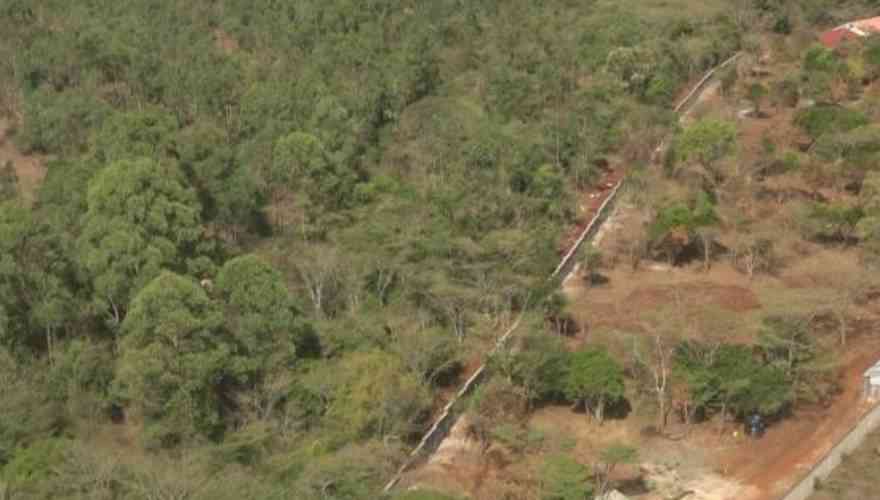
The large-toothed Lake Turkana robber, a fish species found in Lake Turkana in Kenya, is among those threatened with extinction in the world.
According to a new study by International Union for Conservation of Nature (IUCN), the fish known scientifically as Brycinus ferox has moved from Least Concern to Vulnerable on the IUCN Red List, due to overfishing, climate-change driven habitat degradation and dams reducing freshwater entering the lake.
The report titled 'Red List of Threatened Species', released at the close of UN climate conference (COP28) in Dubai, shows climate change threatens a growing number of species. These include Atlantic salmon to green turtles and also includes the first global freshwater fish assessment, and highlights the impact of illegal logging and trade on mahogany.
The study reveals that 25 per cent (3,086 out of 14,898 assessed species) are at risk of extinction. At least 17 per cent of threatened freshwater fish species are affected by climate change, including decreasing water levels, rising sea levels causing seawater to move up rivers, and shifting seasons.
This compounds threats from pollution, which impacts 57 per cent of freshwater fish species at risk of extinction, dams and water extraction, which affect 45 per cent, overfishing, which threatens 25 per cent, and invasive species and disease, which harm 33 per cent.
It shows conservation efforts have successfully brought two antelope species back from the brink of extinction, but changing climatic conditions could undermine their future.

The IUCN Red List now includes 157,190 species, of which 44,016 are threatened with extinction.
"Climate change is menacing the diversity of life our planet harbours, and undermining nature's capacity to meet basic human needs," said Dr Grethel Aguilar, IUCN Director General.
- We need to talk to our children about climate change
- Day out with the trash trackers of Mukuru slums
- Climate justice and conservation are undeniably interconnected
- Children grapple with pain, bow legs linked to Lake Turkana
Keep Reading
He said the IUCN Red List update highlights the strong links between the climate and biodiversity crises, which must be tackled jointly.
"Species declines are an example of the havoc being wreaked by climate change, which we have the power to stop with urgent, ambitious action to keep warming below 1.5 degrees Celsius," Aguilar added.
The report also shows the Atlantic salmon (Salmo salar) has moved from least concern to near threatened, with new evidence showing the global population decreased by 23 percent between 2006 and 2020. Atlantic salmon are now restricted to a small portion of the rivers they inhabited a century ago across northern Europe and North America, due to multiple threats over the course of their long-distance migrations between freshwater and marine habitats.
Big leaf mahogany, one of the world's most commercially sought-after timber trees, has moved from Vulnerable to Endangered on the IUCN Red List.
The report revealed that numbers across Central and South America have reduced by at least 60 per cent over the past 180 years, due to unsustainable harvest.
 The Standard Group Plc is a multi-media organization with investments in media platforms spanning newspaper print
operations, television, radio broadcasting, digital and online services. The Standard Group is recognized as a
leading multi-media house in Kenya with a key influence in matters of national and international interest.
The Standard Group Plc is a multi-media organization with investments in media platforms spanning newspaper print
operations, television, radio broadcasting, digital and online services. The Standard Group is recognized as a
leading multi-media house in Kenya with a key influence in matters of national and international interest.











